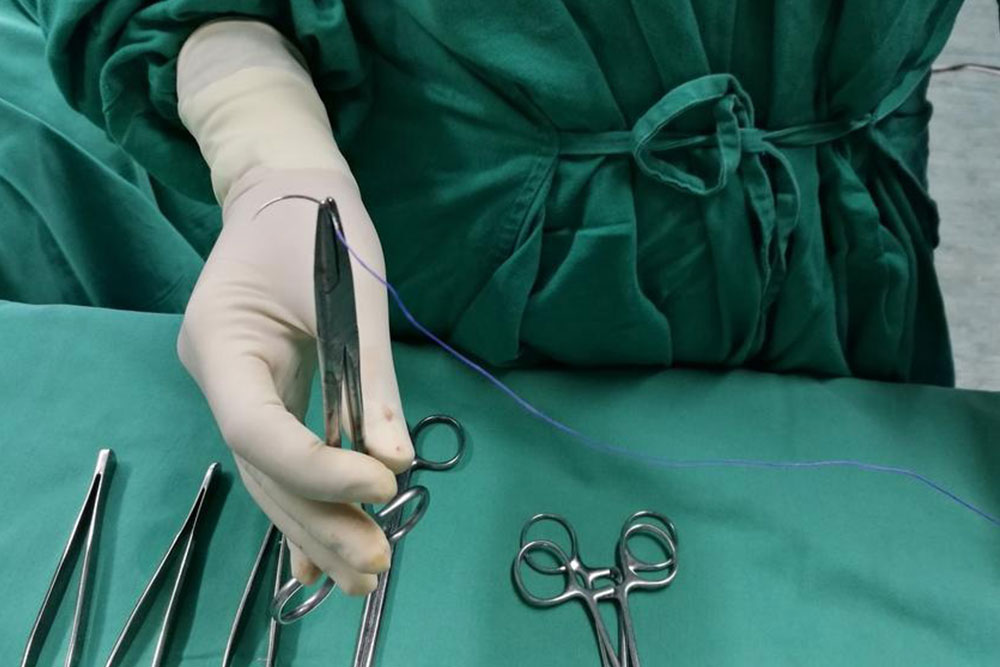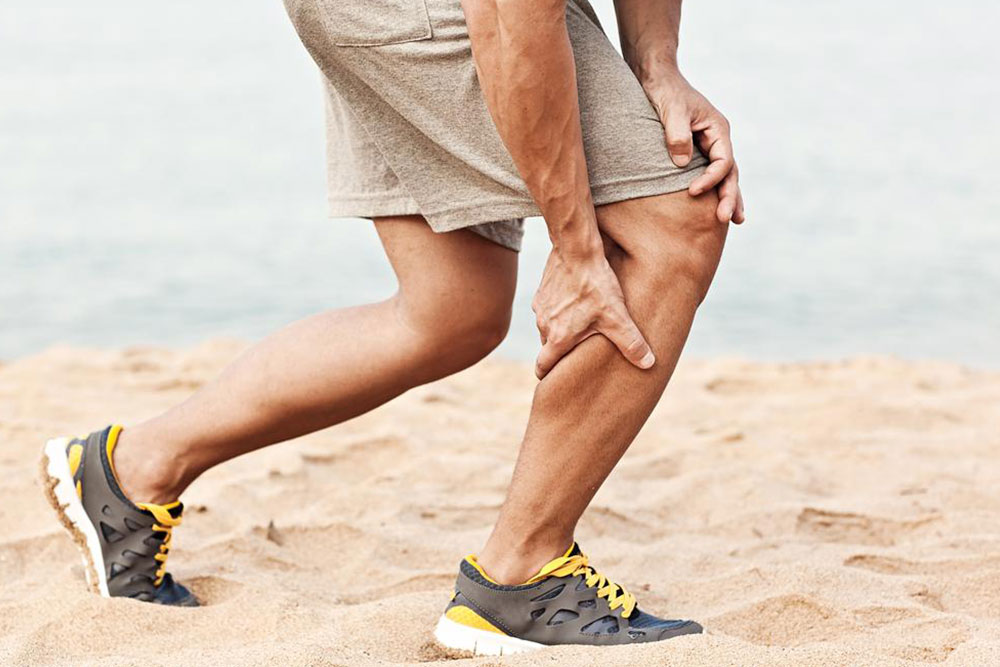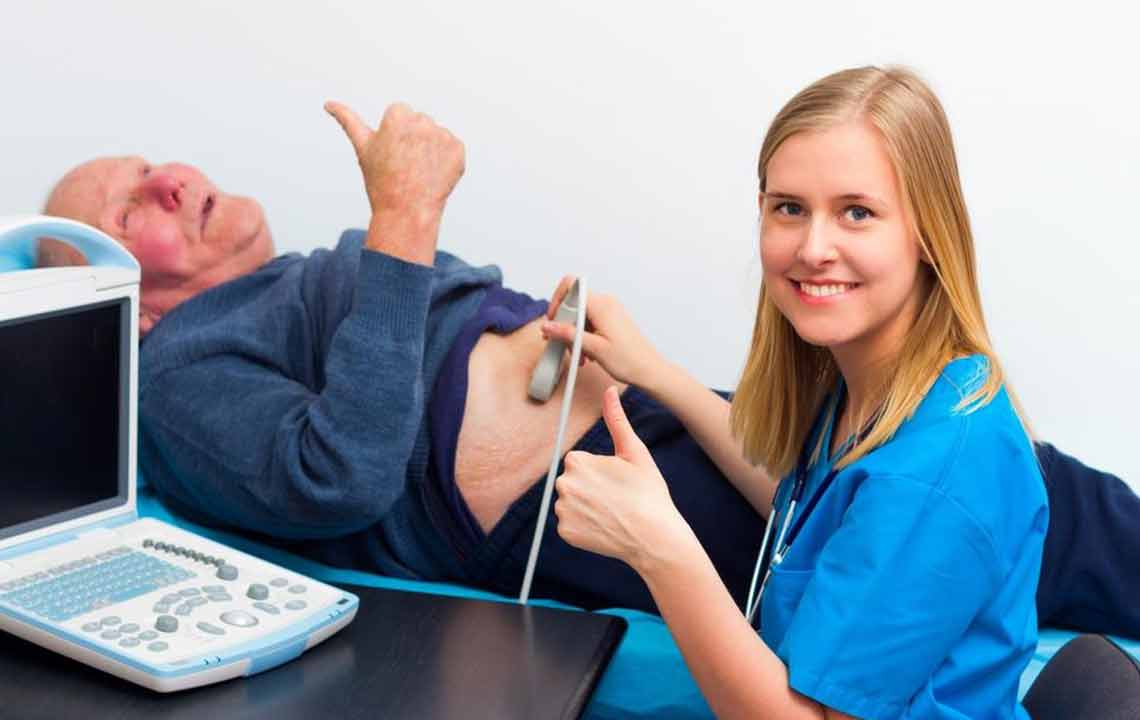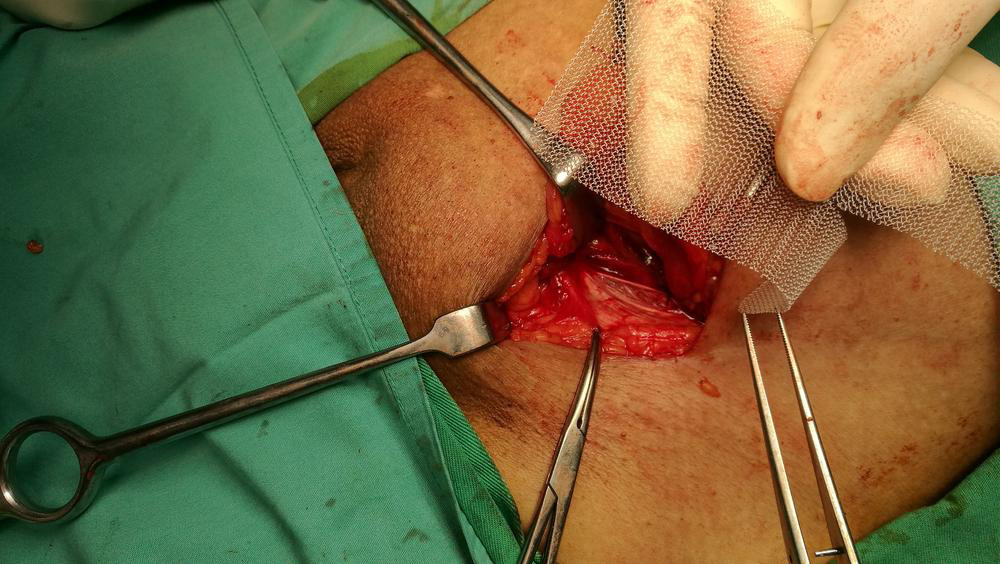Top Causes of Groin Discomfort and When to Seek Help
Groin pain can stem from several causes including hernias, infections, or muscle strains. Recognizing symptoms early and consulting a doctor is vital for effective treatment. Rest, medications, and targeted exercises help relieve discomfort and promote recovery. Men active in sports should be cautious and seek prompt medical advice to prevent worsening conditions. Understanding these common causes allows for better management and faster healing of groin discomfort.

Groin discomfort can be distressing and disruptive. Whether caused by injury or underlying health issues, prompt medical attention is essential. Experiencing persistent pain below the waist requires identifying its root cause. Sometimes, everyday activities or minor strains lead to pain that may necessitate medical intervention. If the discomfort continues over time, consulting a healthcare professional promptly is crucial. The most typical reason for groin pain involves strains to tendons, ligaments, or muscles. Effective treatment includes rest, medication, targeted exercises, and rehabilitation. Common causes include Inguinal Hernia, which occurs when intestines or fatty tissue protrude through weakened abdominal muscles, causing bulges near the groin or scrotum and possibly restricting blood flow. Symptoms to watch for include nausea, vomiting, difficulty passing gas or stool, and sudden pain or redness. Another cause, Epididymitis, involves inflamed sperm-carrying tubes, often due to infection, resulting in swelling, pain during urination, and discharge. Prostatitis refers to prostate inflammation or infection, typically resolved with antibiotics, leading to groin pain and urination issues. Men involved in sports may experience sudden or gradual groin pain; adequate rest and medical evaluation are critical. Continuing activity with injury risks worsening the condition. Seek immediate care if pain is severe or persistent. Putting health first ensures faster recovery and prevents complications.









